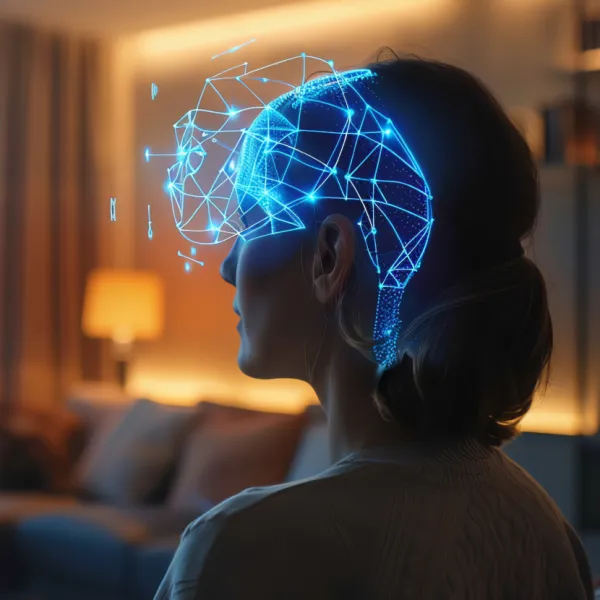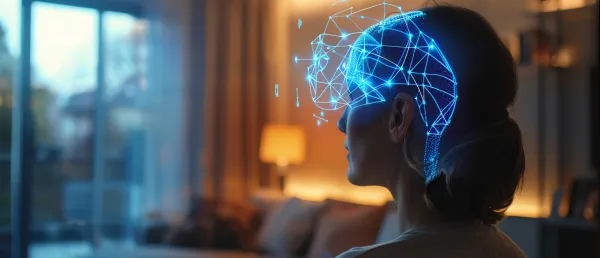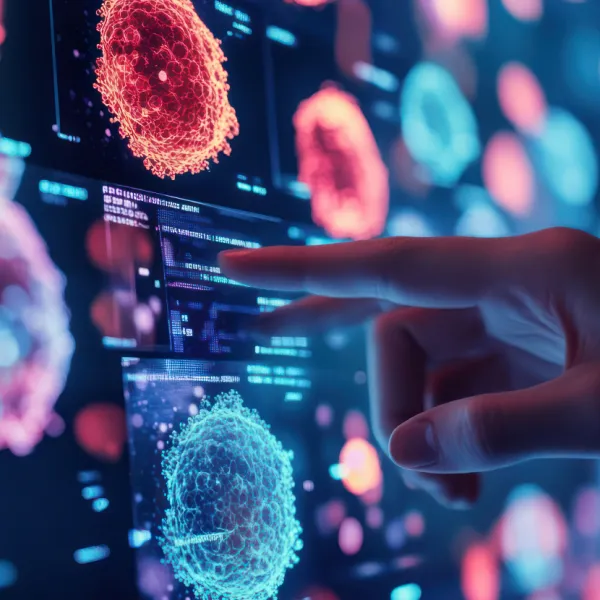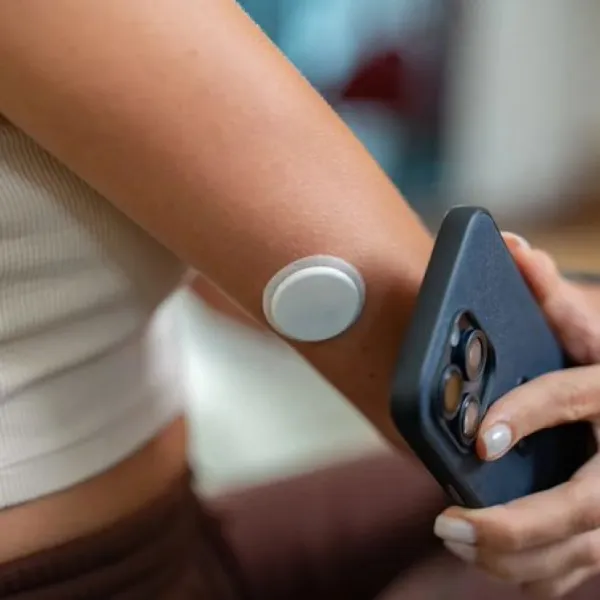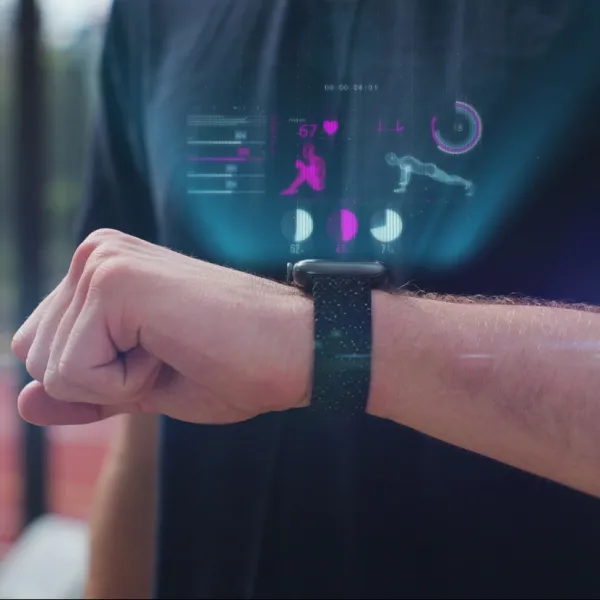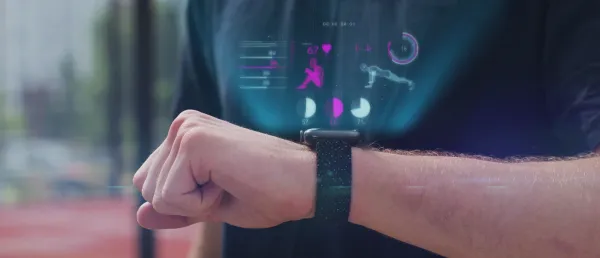Synchron’s Brain Implant Enables Thought Control of Apple Devices

Synchron’s technology is based on a minimally invasive endovascular procedure, which avoids open brain surgery.
New York-based Synchron announced it will be the first brain-computer interface (BCI) company to achieve native integration with Apple’s newly introduced BCI Human Interface Device (BCI HID) profile.
This development allows users implanted with Synchron’s Stentrode BCI to control Apple devices such as the iPhone, iPad, and Apple Vision Pro using only their thoughts, eliminating the need for physical movement or voice commands.
Synchron’s technology is based on a minimally invasive endovascular procedure, which avoids open brain surgery. The Stentrode implant captures neural signals from the brain to enable digital device control.
Apple’s BCI HID profile recognizes neural interfaces as a native input category, facilitating voice-free and hands-free device access.
“This marks a defining moment for human-device interaction. BCI is more than an accessibility tool; it’s a next-generation interface layer,” said Tom Oxley, CEO and cofounder of Synchron. He added, “Apple is helping to pioneer a new interface paradigm, where brain signals are formally recognized alongside touch, voice, and typing. With BCI recognized as a native input for Apple devices, there are new possibilities for people living with paralysis and beyond.”
Synchron’s system is designed to work seamlessly with Apple’s built-in accessibility features, including Switch Control, enhancing the user experience for individuals with motor impairments such as ALS, stroke, and spinal cord injury.
Unlike traditional assistive devices that replicate hardware inputs, the BCI HID allows bidirectional communication between the device and the brain implant. This closed-loop system can exchange contextual information like screen layouts and user interface elements to improve decoding accuracy.
Synchron has also been advancing BCI technology through AI-powered neural processing.
In March, it introduced Chiral, a foundation model of human cognition that uses self-supervised learning on large-scale neural data, powered by NVIDIA’s AI platforms.
In addition, Synchron expanded its partnership with Team Gleason in January, aiming to raise awareness about BCI technologies and support people living with ALS.
Separately, Elon Musk’s Neuralink recently announced a brain implant enabling communication via telepathy for a non-verbal ALS patient, Brad Smith, who demonstrated control of a MacBook Pro using the implant.
Stay tuned for more such updates on Digital Health News















